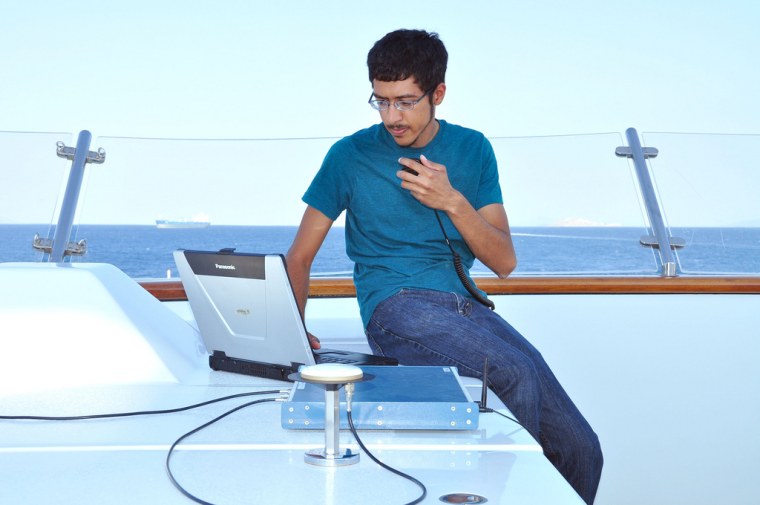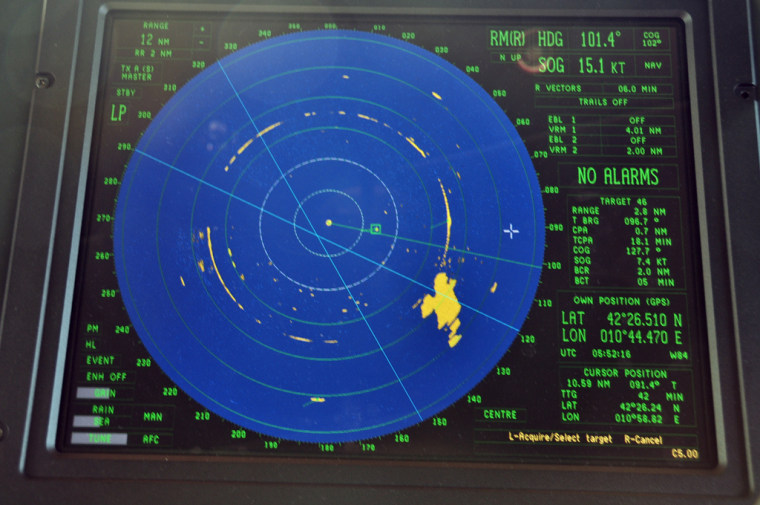
A small team of researchers from the University of Texas at Austin recently tricked a 213-foot superyacht off its course using a custom-made GPS device, rendering the $80 million vessel's electronic maps and charts useless.
"People have come to trust their electronic chart displays," Todd Humphreys, team leader and assistant professor at UT's Cockrell School of Engineering, tells NBC News. These electronic chart displays get their information from civilian GPS signals — which are not encrypted. "The signals have a detailed structure, but they don't have defenses against counterfeiting " Humphreys says. As a result, he explains, "the concept of GPS spoofing has been known for maybe 20 years."
Humphreys has been working on building a spoofing device for the last three or four years. "The device we've got is the size of a large laptop or a small brief case," Humphreys says. "To build the box took a team of three to four PhDs ... but it wouldn't take a PhD to operate it."
The way the device works is fairly straightforward. It creates false GPS signals, which slowly overpower authentic signals until they gain control of a navigation system. "Unlike GPS signal blocking or jamming, spoofing triggers no alarms on the ship’s navigation equipment," a press release on the University of Texas at Austin website clarifies. Once the false signals are in control, the navigation system is tricked into believing that the vessel is slowly drifting off course. The crew will, naturally, initiate a course correction — but in reality this correction will actually be what takes the vessel off its original plot line.
"It's pretty breath-taking really," Humphreys says. While his team was on board the White Rose of Drachs — the superyacht which they took off course with permission — such proximity wasn't actually necessary. "You wouldn't need to be onboard the vessel, you could be miles away on another ship," Humphreys says. "if you were airborne, you could be 20-30 miles away. All that matters is that by the time your signal arrives at the vessel, it's stronger than the real signal."
Humphreys makes it clear that a clever crew (or one which is warned about spoofing) could catch on to attempts to trick a vessel's navigation system. But even if crew members become aware of oddities, their options are limited.
"Celestial navigation through a sextant would be their only option as far as I know," Humphreys explains, pointing out that at this point many are unfamiliar with old-school navigation tools such as a sextant.
Want more tech news or interesting links? You'll get plenty of both if you keep up with Rosa Golijan, the writer of this post, by following her on Twitter, subscribing to her Facebook posts, or circling her on Google+.
